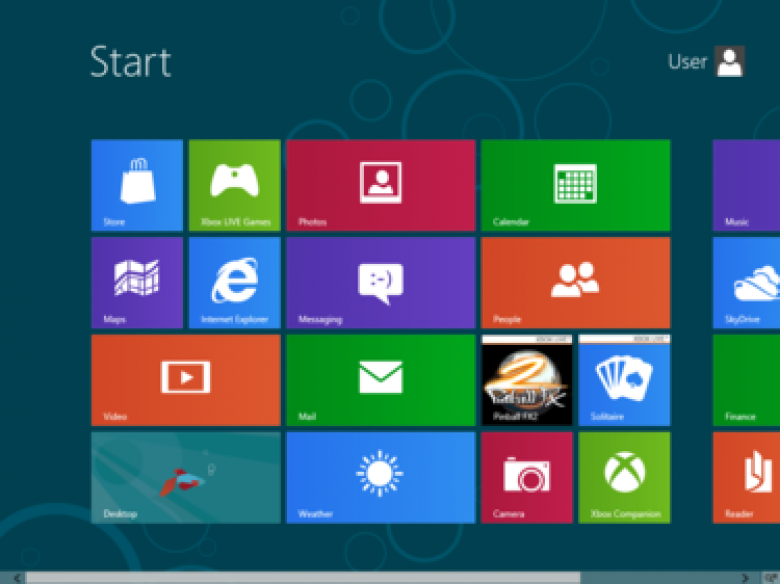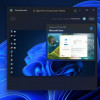Has Microsoft forgotten what Metro's all about?
When Microsoft announced Windows Phone 7, it made a bold proclamation: current smartphone operating systems are doing it wrong. They’re trying to be too much like computer operating systems when they should be something else entirely. “Phones kind of look like PCs, and the phone is not a PC,” Joe Belfiore, Windows Phone program director at Microsoft, said when Windows Phone was announced at Mobile World Congress 2010. “We wanted to revisit how we thought about [the phone] design.”
It's somewhat ironic, then, that Microsoft is trying to force a tablet interface – the same style of interface the company designed for phones, only enlarged – on PCs, while also shoehorning a traditional PC interface on tablets.
The interface of Windows 8 and Windows RT – the x86 and ARM versions, respectively, of Microsoft’s next operating system – is a bit of an odd beast. Microsoft’s championed its Metro design language with the operating system’s new Start Screen, other interface elements and Metro apps, but at the same time the company isn’t abandoning the Aero interface it created for Windows Vista and continued using in Windows 7. It’s an odd choice, since the two designs seem to have competing ideas.










































































